38 cactus adaptations in the desert
How Are Cactus Adapted To Survive In A Desert? - Byjus So how do cactus survive in deserts? The Adaptations Unlike other plants, a cactus has special adaptations in its roots, leaves as well as stems, enabling it to thrive in hot and dry environments. A brief of these adaptations are as follows: Spines If you could take a closer look at a cactus, it does not have any structures resembling leaves. 6 Cactus Adaptations in the Desert - Succulent Alley The cactus (Cactaceae) develop in very dry and hot areas with average annual rainfall of less than 200 mm and with temperatures above 45 °C. In order to survive in these extreme places, they have had to adapt. This adaptation is what gives them their main characteristics. Today we talk about the 6 cactus adaptations in the desert.
How Do Cactus Adapt to Their Environment? - Cactus Tips It can be found in deserts and dry areas around the world. Cacti have been used as food, medicine, and decoration for centuries. There are three adaptations of a cactus: prickly pear, barrel cactus, and hedgehog cactus. The " cactus roots adaptation " is a process that allows the cactus to grow in different environments.

Cactus adaptations in the desert
The Incredible Adaptability Of The Barrel Cactus: Nature's Resilience ... The ability of a cactus to adapt to a slow metabolism is critical to its survival in the desert. Unlike green leaves, which contain living cells, the spine is made up primarily of dead cells. Desert plants must also be protected from the effects of the sun's radiation. There are three types of leaves: modified leaves, stem-like leaves, and areoles. 47 Desert Plants (With Pictures and Names) - Identification Guide The saguaro cactus is the largest of any cactus to grow in the desert biome. These flowering plants also bloom in the desert between April and June. Large white trumpet-like flowers attract pollinators such as honeybees and hummingbirds. Although these cacti grow up to 52 ft. (16 m), they are slow-growing plants. Adaptations of Deserts Plants ( Cactus) -For Kids - YouTube Adaptations of Deserts Plants ( Cactus) -For Kids MakeMeGeniusIndia 196K subscribers Subscribe Share 214K views 7 years ago Plants Deserts are hot and very little water is available for plants,...
Cactus adaptations in the desert. Surviving the Heat: 20 Amazing Adaptations of Desert Plants 20 Adaptations of Plants in The Desert. Small or reduced leaves: Many desert plants have small or reduced leaves which helps to reduce water loss through transpiration. In addition, small leaves can also reduce the plant's surface area exposed to the sun, further reducing water loss. Thick, waxy cuticles: Many desert plants have thick, waxy ... Cactus Adaptations - How Are Cacti Adapted To The Desert? Cactus Flower Adaptations For Attracting Pollinators In The Desert Different types of cacti produce various types of flowers depending on what kind of pollinators they are trying to attract. While the most common cactus pollinators are bees, cactus flowers may also be designed to attract butterflies, moths, hummingbirds, and, in the desert, bats. Cactus adaptations with Ted-Ed and Lucas Majure - Florida Museum Dec 2, 2021 ... You might think those fierce cactus spines are just to protect them from being eaten. But our biologist, Lucas Majure, knows a lot about ... How are Cactus Adapted to Survive in a Desert? - VEDANTU Cactus are a diverse group of desert plants that can be grown in climate variability. There are different parts of a cactus that help it to adapt to the adverse conditions of a desert. Other interesting cactus adaptations include their spines, which are in addition to their peculiar growth patterns and absence of leaves.
How Do Camels Survive In The Desert? (All Adaptations) Let's look at all of their desert adaptations in-depth. 1. Thick Fur Protects Camels From The Desert Sun Camels are covered in thick fur. This coat can reach a length of up to 14.9 inches (37.5cm) in some parts. Such length helps protect the animal from the blistering sun during the day, but also from the extremely low temperature during the night. Organ Pipe Cactus - Organ Pipe Cactus National ... - National Park Service The organ pipe cactus is a wonderful example of the adaptations that cacti need to flourish in the Sonoran Desert. Like its fellow cacti and other desert inhabitants, the organ pipe is tuned to the rhythms of the sun and the infrequent rains. Most organ pipe cactus will grow without a "nurse tree" in totally unprotected areas. Adapting To Survive: The Desert Sage Cactus And Its Remarkable Ability ... Desert cacti have a variety of anatomical and behavioral adaptations that allow them to absorb and store water, protect themselves from predators, protect themselves from heat damage, and attract pollinators. Examine this article to learn how every aspect of the cactus plant has been designed to survive in the desert. How The Cactus Is Adapted To The Desert? - CactusWay So, how the cactus is adapted to the desert? The primary reason why cacti survive in that ecosystem is because of their numerous adaptations, which include: The leaves of this plant are reduced to needle-like structures referred to as spines that limit water loss, which could occur during the process of transpiration.
Deserts guide for KS3 geography students - BBC Bitesize Global atmospheric circulation is responsible for the dry air that falls over the Earth's deserts Plants and animals Plants and animals have adapted to live in hot deserts. Some examples can be... How Has a Cactus Adapted to Life in the Desert? - reference.com Cacti make use of many structural adaptations, such as shallow roots, fixed spines and thick stems, to survive in the desert where there is minimal rainfall. Each of these adaptations allow the plant to collect and store water more efficiently in an environment where water is scarce. Cacti do not have leaves, but instead have a fixed spine. Q2 How is a cactus adapted to survive in a desert... - Lido Learning (i) It has long roots that go deep inside the soil for absorbing water. (ii) Its leaves are in the form of spines to prevent water loss through transpiration. ( ... Saguaro Cactus: Facts, Adaptation & How To Grow - AMERICAN GARDENER Mix everything well and make sure there are no soil lumps until the soil blends well. Make several holes in the soil and place the saguaro seeds in the holes and lightly pinch the soil closed over them. Sprinkle water over the soil so that the seeds do not dry out. Cover the planter/pot tightly with a plastic wrap or paper.
What Are 3 Adaptations of a Cactus? [2023] | Meal Delivery Reviews Cactuses are adapted to the desert by minimizing water loss and maximizing water storage. One way cactuses minimize water loss is by having a waxy coating on their skin that prevents water from evaporating. Another way cactuses minimize water loss is by having very small leaves that don't lose much water through transpiration.
Some Cactus Adaptations That Make Them Invincible Under Severe Conditions Cactus have a Highly Specialized Root System Cacti roots differ from those of other plants in a number of ways and these are in themselves adaptations to better survive the desert terrain. They're shallow and widespread to take advantage of any light rains in the desert. That means they can absorb quite an amount of water within the shortest time.
Heat Beating Desert Adaptations of the Cactus Three potential desert adaptations ripe with biomimicry inspiration include: dodge, manage, and store. While a mobile organism, can dodge the heat, the cactus is left with managing heat and storing water. When thinking of cactus, the most common image is of spines. The spine distribution on the cactus top is denser to shade to the direct sun ...
Adaptations of plants to extreme environments - Plant organisation ... Adaptations of plants to extreme environments Desert plants. A cactus is adapted to life in a hot climate. Cacti are well adapted for survival in the desert. They have:
L'adaptation des cactus aux milieux arides Jun 11, 2021 ... Les cactus présentent dans la plupart des cas un rapport volume / surface très élevé. Le principal effet de cette adaptation aux pénuries d'eau ...
Cactus Lesson for Kids: Facts & Adaptations - Study.com A cactus is a plant that thrives in desert-like conditions. Cacti is the plural form of the word cactus. Almost all cacti are considered succulent plants, meaning they have very thick skin. Cacti ...
Why Are We Living With Such Ugly Succulents and Cactuses? Copiapoa cinerea, a rounded tubular cactus with wavy ridges and black spikes, is found in the driest part of the most arid region on earth, the Atacama Desert in South America, and survives by ...
Desert Cactus - DesertUSA Adaptations to the Desert. Cactus owe their success in the desert to their structural adaptations. While other desert plants may have similar features such as spines and succulent stems, these evolutionary traits reach a zenith in the cactus. Cactus take advantage of the lightest rainfall by having roots close to the soil surface. The water is ...
How Do Cacti Survive in the Desert? (10 Amazing Adaptations) Cacti have several adaptations that help them to reproduce in the desert. One such adaptation is the flowers of cactus plants. The flowers of cacti are often large and showy, and they produce a sweet nectar that attracts pollinators such as bees, hummingbirds, and bats. ALSO READ: How To Trim Succulents (An Easy Step-by-Step Guide)
How Does a Cactus Survive in the Desert? - CactusWay The cactus plant survives in the desert by using the adaptation technique. This plant's leaves, roots, and stems have adapted to the desert to enable it to absorb, and conserve water. The science behind how a cactus can thrive in the desert while other plants can't is easy to understand.
How do camels survive in deserts? | Natural History Museum Camels are well suited to their desert habitats, with numerous clever adaptations that help them to tolerate extreme hot and cold environments. Camels are part of a group known as camelids. This makes them close relatives of llamas, alpacas, guanacos and vicuñas, which are all native to South America.
prickly pear - Students | Britannica Kids | Homework Help The spines, or needles, are modified leaves; their relatively small size and sparse surface area are an adaptation that helps the plant to conserve water, a precious commodity in the desert environment (see cactus; adaptation). Most prickly pear plants have yellow, red, or purple flowers. The species themselves vary in height, from less than a ...
How Is the Prickly Pear Cactus Adapted to Desert Life? - Reference.com To survive in harsh dry, hot desert climates, the prickly pear cactus has adapted successful features such as the water-storing capability of its thick, fleshy leaf pads and the sharp spikes on those pads that deter animals from eating it.
Adaptations of Deserts Plants ( Cactus) -For Kids - YouTube Adaptations of Deserts Plants ( Cactus) -For Kids MakeMeGeniusIndia 196K subscribers Subscribe Share 214K views 7 years ago Plants Deserts are hot and very little water is available for plants,...
47 Desert Plants (With Pictures and Names) - Identification Guide The saguaro cactus is the largest of any cactus to grow in the desert biome. These flowering plants also bloom in the desert between April and June. Large white trumpet-like flowers attract pollinators such as honeybees and hummingbirds. Although these cacti grow up to 52 ft. (16 m), they are slow-growing plants.
The Incredible Adaptability Of The Barrel Cactus: Nature's Resilience ... The ability of a cactus to adapt to a slow metabolism is critical to its survival in the desert. Unlike green leaves, which contain living cells, the spine is made up primarily of dead cells. Desert plants must also be protected from the effects of the sun's radiation. There are three types of leaves: modified leaves, stem-like leaves, and areoles.
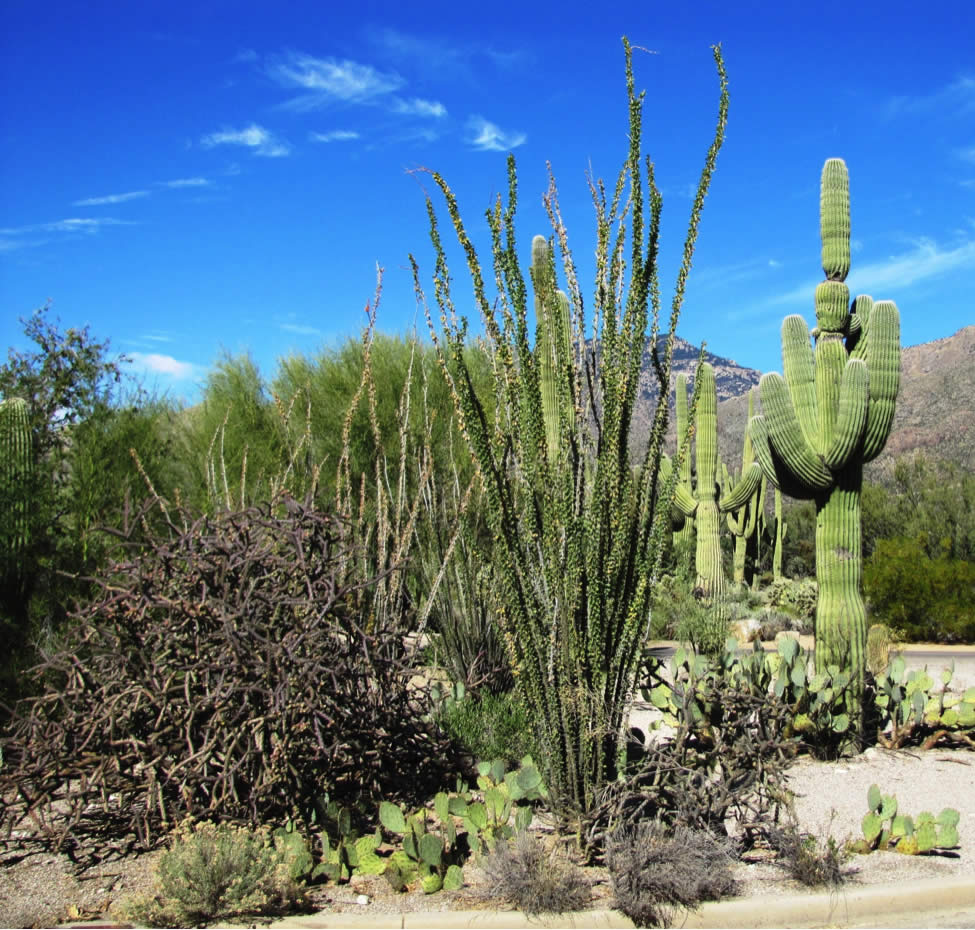

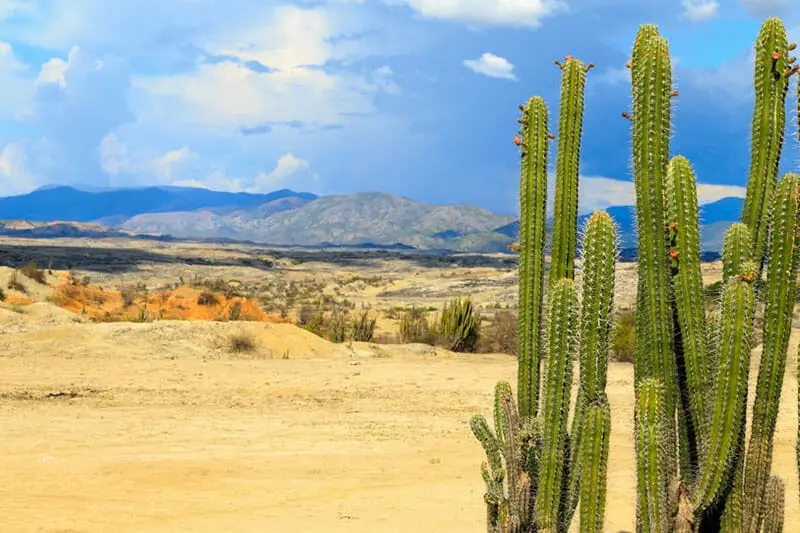

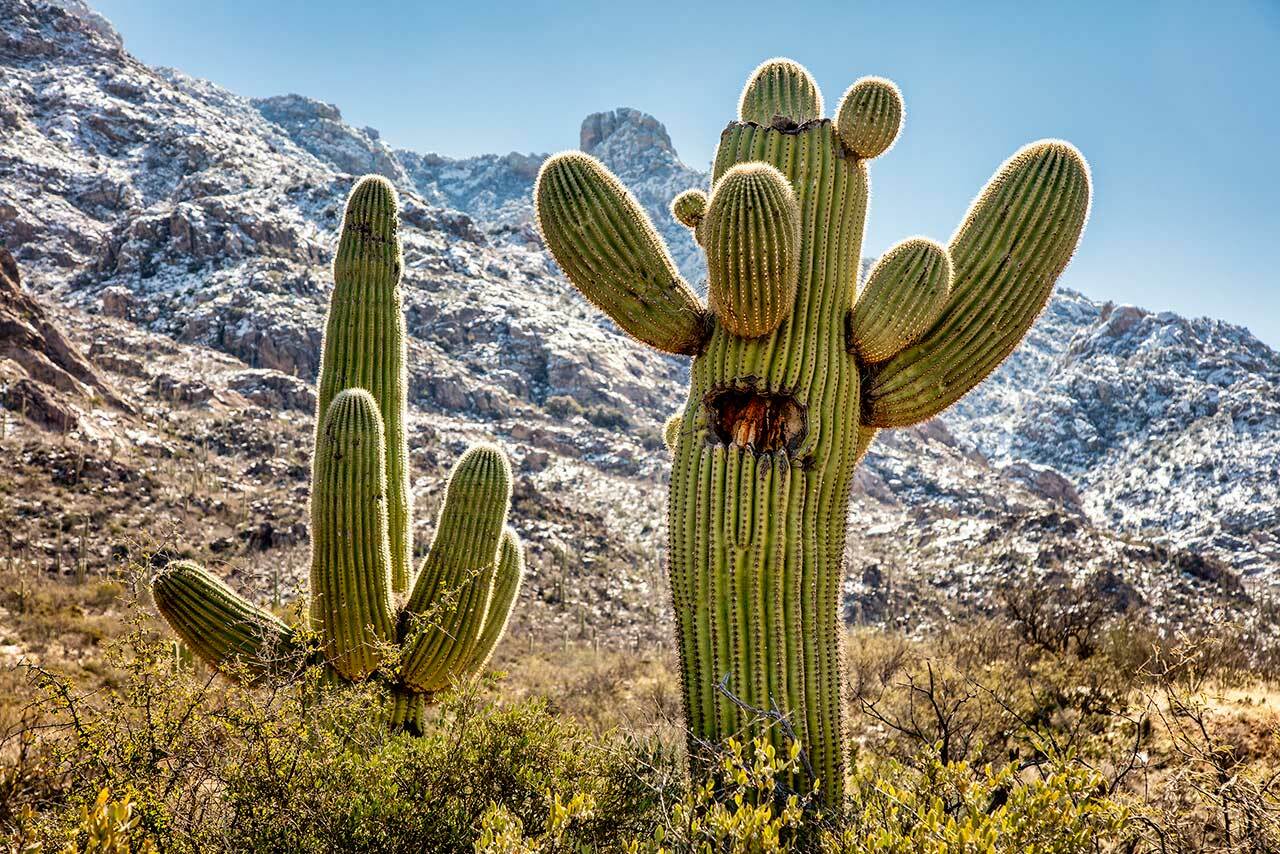





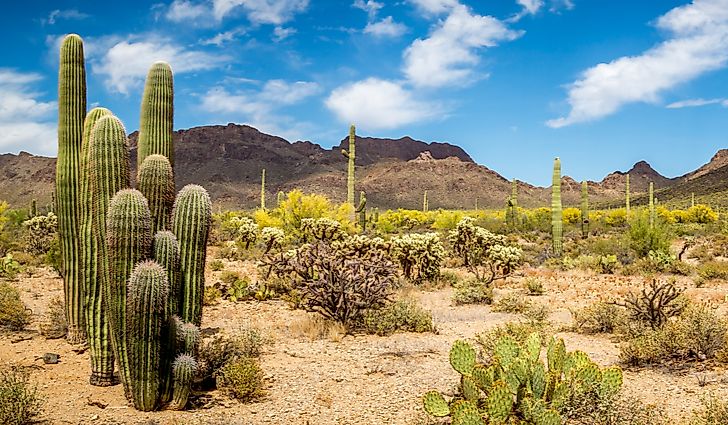










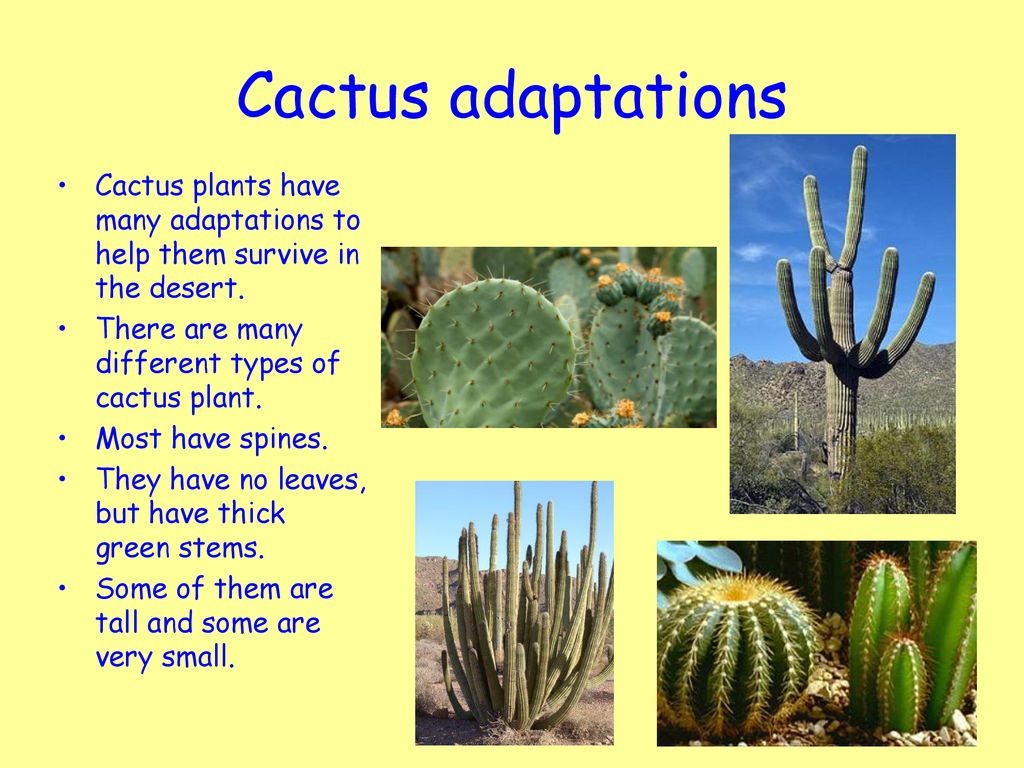

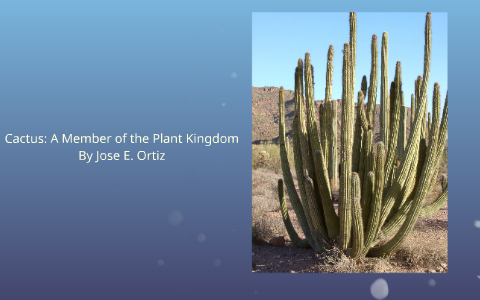







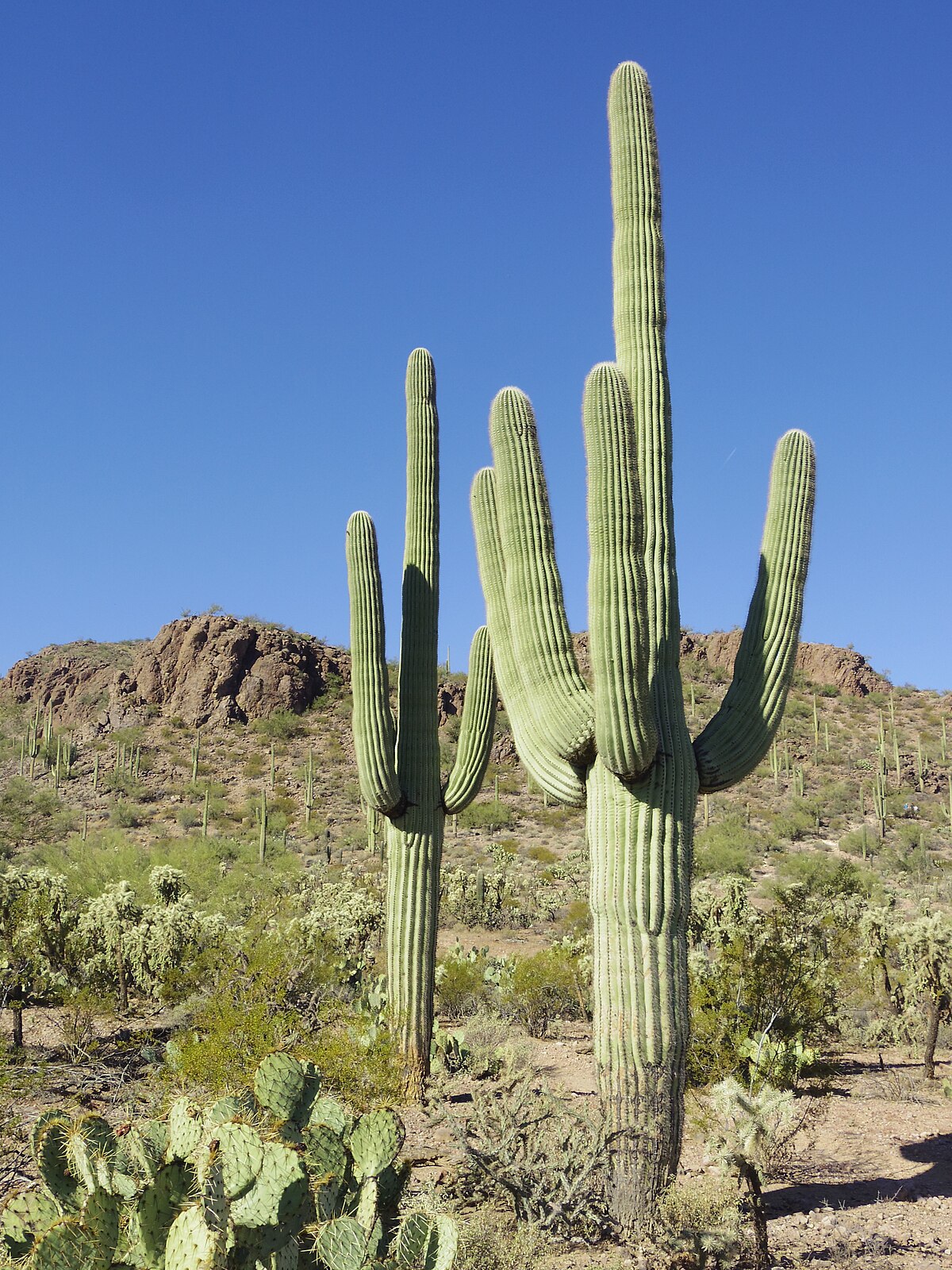


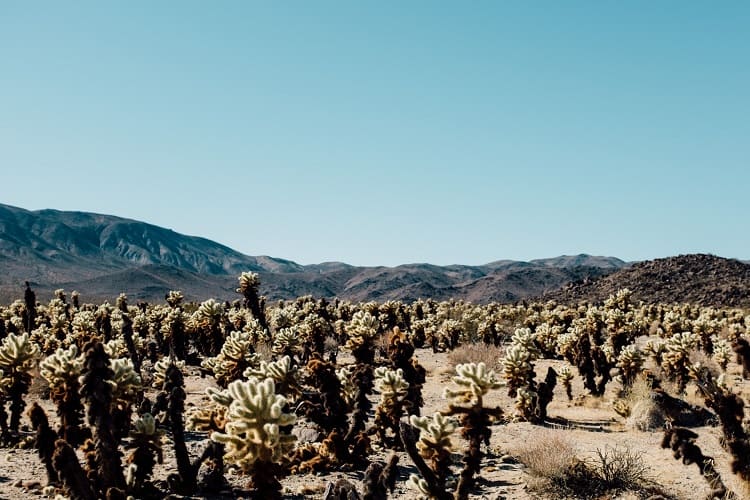

0 Response to "38 cactus adaptations in the desert"
Post a Comment